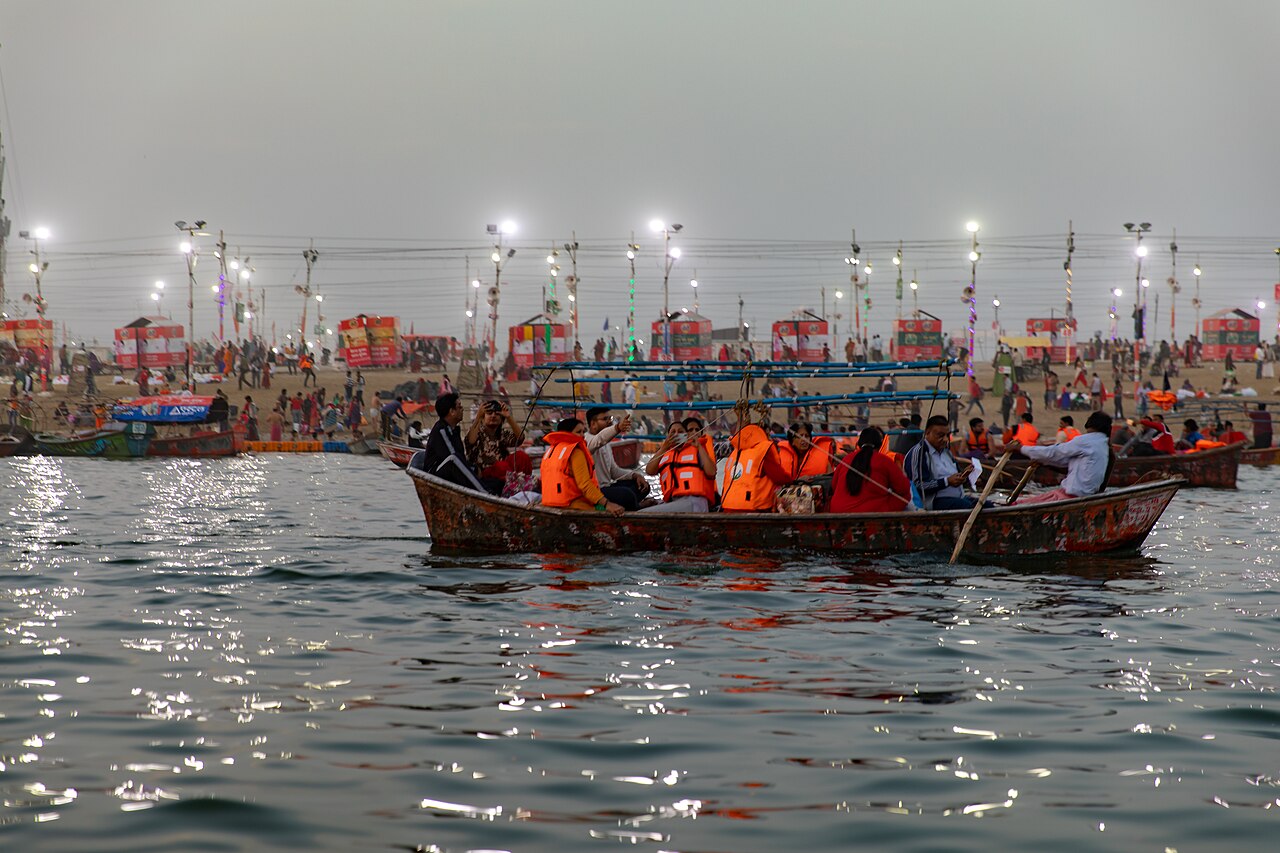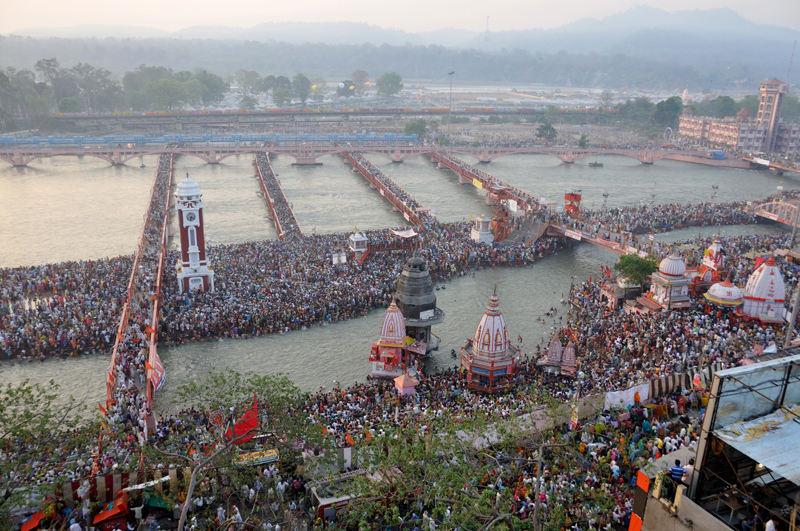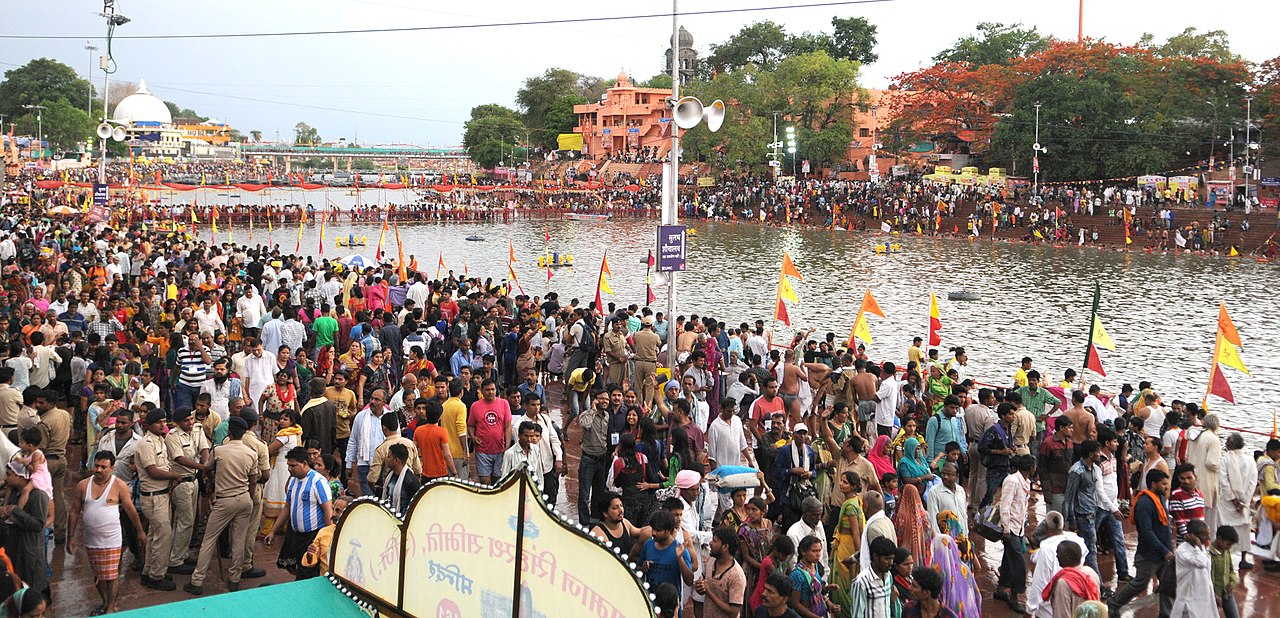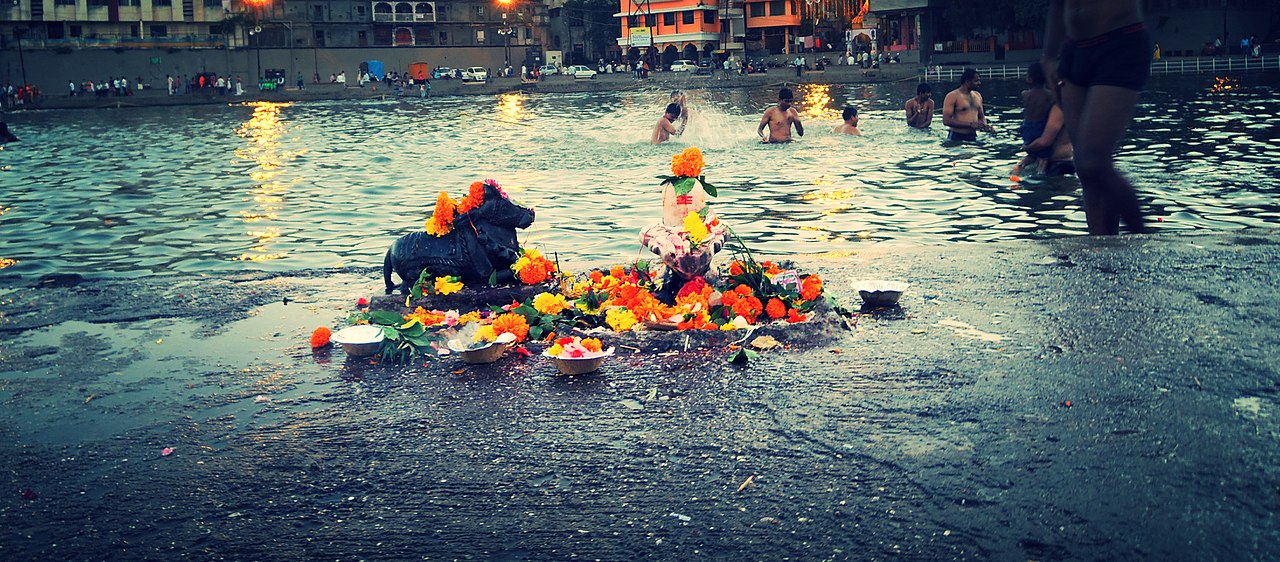The Ultimate Guide to Kumbh Mela Destinations: Prayagraj, Haridwar, Nashik, and Ujjain.
Every twelve years, millions of Hindu pilgrims from all over India and abroad converge on the banks of the holy rivers Ganges, Yamuna, and Saraswati for the Kumbh Mela. This ancient religious festival, which dates back to over 2,000 years, is one of the largest human gatherings in the world, attracting millions of devotees seeking spiritual cleansing and enlightenment.
The Kumbh Mela is held at four different locations in India, each hosting the festival once in every twelve years. These locations are Allahabad (now Prayagraj), Haridwar, Nashik, and Ujjain. The festival is celebrated for about 45 days and is marked by a series of rituals, including taking a dip in the holy river and performing prayers and offerings.
Apart from the religious significance, each Kumbh Mela destination has its own unique attractions and experiences that make it worth visiting. In this travel guide, we will take a closer look at the different Kumbh Mela destinations and their top attractions.
Allahabad (Prayagraj)
Allahabad, now known as Prayagraj, is considered the most important location for the Kumbh Mela, as it is where the three holy rivers meet. The festival is celebrated here on the banks of the Sangam, the confluence of the Ganges, Yamuna, and the mythical Saraswati river. The most significant event during the Kumbh Mela in Prayagraj is the Shahi Snan or the Royal Bath, which is taken by the Naga Sadhus or the naked holy men, who are the main attraction of the festival.


Apart from the Kumbh Mela, Allahabad (Prayagraj) is also home to many historical and cultural landmarks, including the Allahabad Fort, the Anand Bhavan Museum, and the Khusro Bagh. Visitors can also take a boat ride on the Sangam and enjoy the stunning views of the rivers and the city.
Haridwar
Haridwar, located in the northern state of Uttarakhand, is another important destination for the Kumbh Mela. The festival is held on the banks of the river Ganges, and the most significant event during the Kumbh Mela is the Ganga Snan, or taking a holy dip in the river. The city is also known for its many ancient temples, including the Har Ki Pauri and the Mansa Devi Temple.


Apart from the Kumbh Mela, Haridwar is also a popular destination for yoga and spiritual retreats. Visitors can also take a cable car ride to the top of the nearby hills and enjoy the panoramic views of the city and the surrounding mountains.
Nashik
Nashik, located in the western state of Maharashtra, is another important destination for the Kumbh Mela. The festival is held on the banks of the river Godavari, and the most significant event during the Kumbh Mela is the Peshwai Procession, which marks the arrival of the holy men. Nashik is also known for its vineyards and wine tours, making it a great destination for wine enthusiasts.


Apart from the Kumbh Mela, Nashik is also home to many historical and cultural landmarks, including the Pandavleni Caves and the Trimbakeshwar Temple. Visitors can also take a hot air balloon ride and enjoy the stunning views of the vineyards and the city.
Ujjain
Ujjain, located in the central state of Madhya Pradesh, is the fourth and final destination for the Kumbh Mela. It is also known as the “City of Temples” due to its numerous ancient Hindu temples. The Kumbh Mela in Ujjain is held at the banks of the Shipra River, and it is believed that taking a dip in the holy river during the festival cleanses one’s sins.


One of the main attractions of the Kumbh Mela in Ujjain is the Mahakaleshwar Temple, which is dedicated to Lord Shiva. It is one of the twelve Jyotirlingas (a sacred object representing Lord Shiva) in India and is considered to be one of the holiest temples in the country. During the Kumbh Mela, the temple is decorated with flowers and illuminated with lights, making it a breathtaking sight to behold.
Kumbh Mela is a once in a lifetime experience that showcases the spiritual and cultural diversity of India. Each of the four destinations – Prayagraj, Haridwar, Nashik, and Ujjain – has its unique attractions and activities. Regardless of which destination you choose, the Kumbh Mela is an event that will leave a lasting impression on you.

So, pack your bags and get ready to embark on a spiritual journey of a lifetime. Make sure to book your accommodations in advance and plan your itinerary accordingly. Also, don’t forget to take necessary precautions and stay safe during the festival.
We hope that this guide to the Kumbh Mela destinations and their attractions has been helpful. The Kumbh Mela is a truly unique experience that should not be missed. So, what are you waiting for? Start planning your trip to the Kumbh Mela today!
Frequently Asked Questions (FAQs)
A: The Kumbh Mela is an ancient religious festival held in India every twelve years. It attracts millions of Hindu pilgrims who gather on the banks of the Ganges, Yamuna, and Saraswati rivers to seek spiritual cleansing and enlightenment.
A: The Kumbh Mela takes place once every twelve years at each of the four designated locations: Prayagraj (formerly Allahabad), Haridwar, Nashik, and Ujjain.
A: Prayagraj is considered the most important location for the Kumbh Mela as it is where the holy rivers Ganges, Yamuna, and Saraswati meet. The Shahi Snan, or Royal Bath, taken by the Naga Sadhus (naked holy men), is a significant event during the Kumbh Mela in Prayagraj.
A: Prayagraj is home to historical and cultural landmarks such as the Allahabad Fort, Anand Bhavan Museum, and Khusro Bagh. Visitors can also enjoy a boat ride on the Sangam, the confluence of the three rivers.
A: Haridwar, located on the banks of the Ganges, offers the opportunity to take a holy dip, known as the Ganga Snan. The city is also known for its ancient temples, including Har Ki Pauri and Mansa Devi Temple.
FAQs
A: Nashik, situated on the banks of the Godavari River, is known for the Peshwai Procession, which marks the arrival of the holy men during the Kumbh Mela. Nashik is also renowned for its vineyards and wine tours, offering a different experience for visitors.
A: Nashik is home to the Pandavleni Caves and the Trimbakeshwar Temple, both significant historical and cultural sites. Visitors can also enjoy hot air balloon rides to admire the vineyards and the city.
A: Ujjain, known as the “City of Temples,” hosts the Kumbh Mela on the banks of the Shipra River. Taking a dip in the holy river during the festival is believed to cleanse one’s sins. The Mahakaleshwar Temple, dedicated to Lord Shiva, is a major attraction during the Kumbh Mela in Ujjain.
A: Ujjain is famous for its numerous ancient Hindu temples, offering a rich spiritual experience. The Mahakaleshwar Temple is particularly notable during the festival, adorned with flowers and lights.
A: To plan your trip to the Kumbh Mela, consider booking accommodations in advance, as the festival attracts a large number of visitors. It is advisable to plan your itinerary according to the specific dates of the festival at your chosen destination. Take necessary precautions, stay safe, and immerse yourself in the spiritual and cultural diversity of the Kumbh Mela.
Leave a Reply